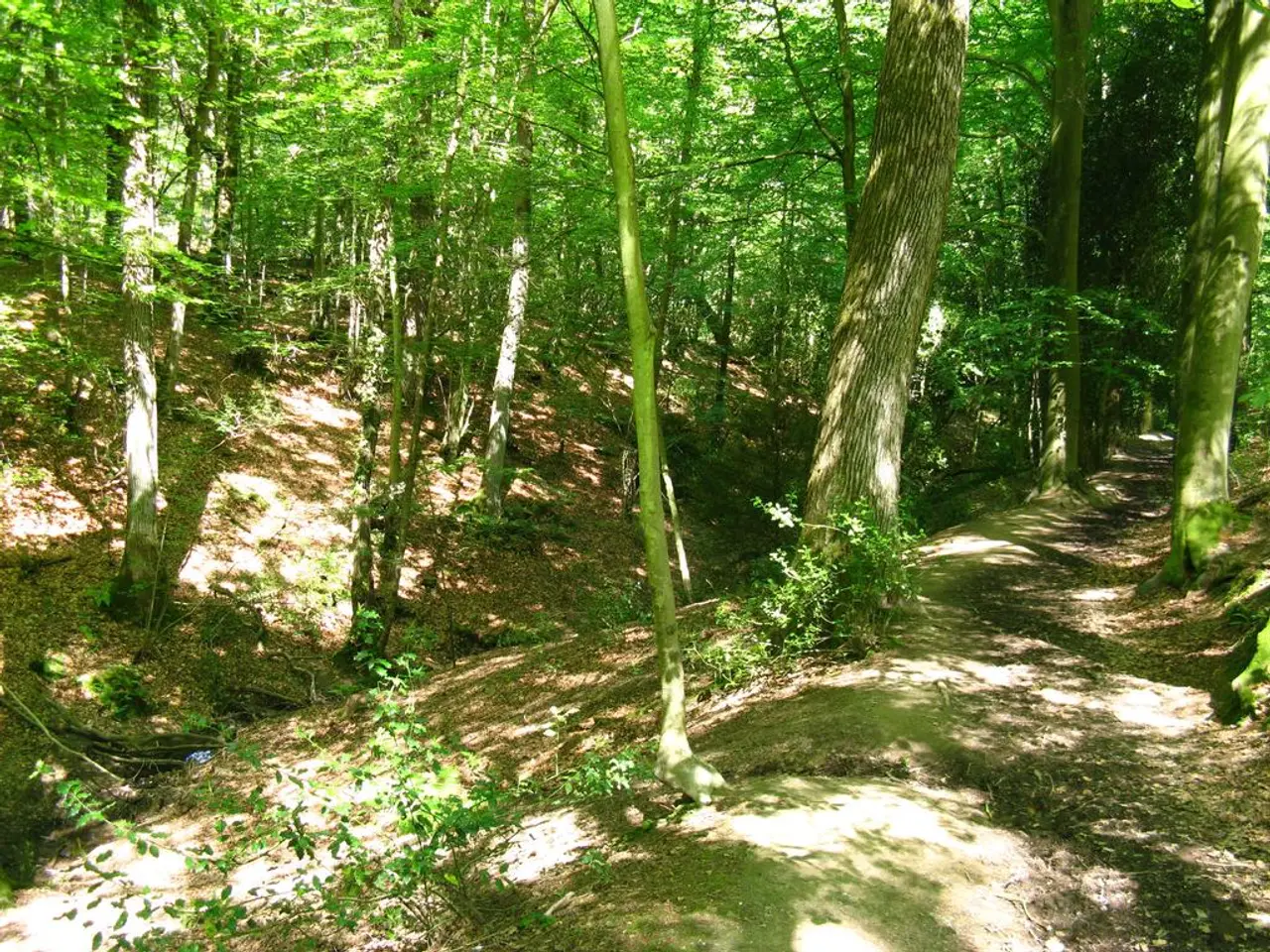Securing Amazon indigenous territories could bolster public health, new research suggests
The Amazon Rainforest, a vital ecosystem for the planet, is not just a biodiversity hotspot but also a crucial factor in human health, according to a new study published in Communications Earth & Environment.
Researchers analysed two decades of data, integrating respiratory, cardiovascular, zoonotic, and vector-borne disease cases, alongside landscape changes, to explore the relationship between Indigenous territories and the occurrence of 21 different diseases.
The study found that Indigenous territories, particularly those located in municipalities with at least 40% forest cover, can effectively reduce the risk of vector-borne or zoonotic diseases. For fire-related diseases, higher forest cover, more than 45%, in municipalities where Indigenous territories are situated, helps mitigate the impacts of fine particulate matter.
In Brazil, several Indigenous territories have legal protection, offering a significant area of safe habitat for groups like the Yanomami and Kayapó. However, over the past 20 years, these territories have lost 2.9 million hectares (7.2 million acres) of native vegetation, or 1.2% of their total area.
The study also highlighted the importance of legally recognising Indigenous lands. Municipalities that host legally protected Indigenous lands could have a lower risk of illness, the researchers found.
Carla Cardenas, Latin America program officer for the Rights and Resources Initiative, emphasised that there are still tens of millions of hectares that require legal recognition in the Amazon region. Cardenas plans to launch an Intergovernmental Land Tenure Commitment at the upcoming COP30 climate summit in Brazil, aiming to negotiate and include in the final declaration a commitment recognising the demarcation of Indigenous lands as a climate policy.
Nemonte Nenquimo, a Waorani leader, is a long-time defender of the Amazon Rainforest. The study's authors hope their work will encourage progress in recognising Indigenous land rights and challenge misconceptions of the Amazon as a hotbed of disease.
The study also looked at other Amazonian countries like Guyana and Suriname, which have incipient legal frameworks for Indigenous governance over their territories. In countries like Peru, Colombia, and Bolivia, Indigenous lands also have legal recognition but typically cover smaller areas and face varying levels of enforcement and protection.
Cardenas hopes that governments will implement strong land protection policies within the next 5 to 10 years to avoid further forest and biodiversity loss. The study is the first of its kind to look at all nine Amazonian countries and investigates the relationship between Indigenous territories and the occurrence of 21 diseases over 20 years.
Read also:
- Is it advisable to utilize your personal health insurance in a publicly-funded medical facility?
- Dietary strategies for IBS elimination: Aims and execution methods
- Benefits, suitable dosage, and safety considerations for utilizing pumpkin seed oil in treating an overactive bladder
- Harmful Medical Remedies: A Misguided Approach to Healing






